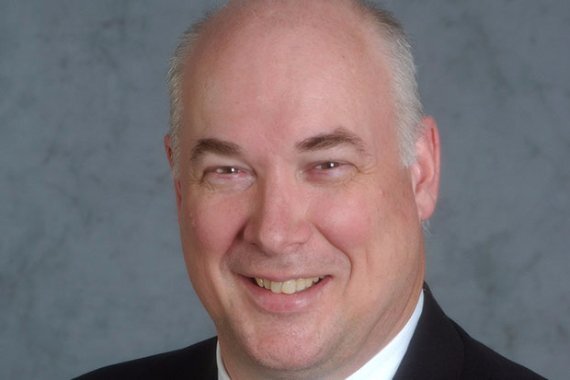
The Year Ahead

1 Billion Records Breached in 2017?
We anticipate that more than one billion consumer records will be breached in 2017, said Marsal. He referenced the September Yahoo breach announcement. The company conceded that personal information of at least 500 million users was stolen in a 2014 attack. Systems that rely on personally identifiable information are increasingly vulnerable.

Mobile Devices for Mortgage Apps and More

Big Data and Fraud Detection
"Not only do we want a greater degree of integration between our different financial platforms and products, we want to gain the advantage that analysis of data these platforms provides and do this securely," he said.
In 2016, Northwest Community CU took proactive security measures by implementing an in-house behavioral algorithm to "fine tune" its fraud detection.
"We use technology to apply pattern matching in a broad scope, highlighting the behaviors that most frequently surface in fraud," said Iglesias. "This in turn helps us on the innovation side of advancing our protective capabilities in all areas of service and prevention is the ultimate efficiency."
NW Community will also be putting infrastructure measures in place at its facilities to improve service and functionality.
"In 2017, we will be rolling out a new fiber-based network throughout the enterprise. This fiber network will greatly increase bandwidth to all of our locations and will also increase our network reliability," said Iglesias. "We are also deploying a new telepresence to advance collaboration, deploying new cash recyclers, revamping our public website and e-banking platforms and making investments at our DR [disaster recovery] site."

Additional Cybersecurity Investments
"Financial institutions will have to continue to put more focus and resources on cybersecurity and fraud," said Rudolph. "And to this point, we will be furthering our cybersecurity maturity and making additional investments."
Currently, Alliant CU's technology department supports 80 employees. In 2017, Rudolph said, the department will add 14 new hires. In total, the CU has approximately 450 employees.
"This represents an investment in cybersecurity, but also a shift toward being a digital-first credit union, which is part of our long-term strategy," said Rudolph who added that the CU launched its own mobile banking app in 2016. "We also plan to redevelop all of our existing proprietary online banking and new membership applications in 2017."

Make Lending Simple Again
Our customers are asking for a more simplified lending process through all the digital channels, said Bilke. They want their members to quickly and easily get a loan. And we are starting to see a variety of technologies that can reach that goal of getting the loan in a couple of clicks.
New lending technologies, he explained, use business analytic tools to pre-qualify members. These solutions are specific to a members history and financial track record. The goal is to allow CUs to confidently approve small dollar loans (e.g., $500 to $1,000) swiftly. Speed to market on these technologies, however, could be hampered.
The challenge is using data, such as average balance or length of relationship (with the CU), opposed to using a FICO score, said Bilke. For some credit unions this will be at odds with what they have done historically.





